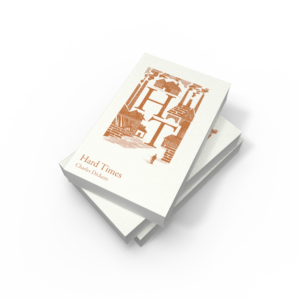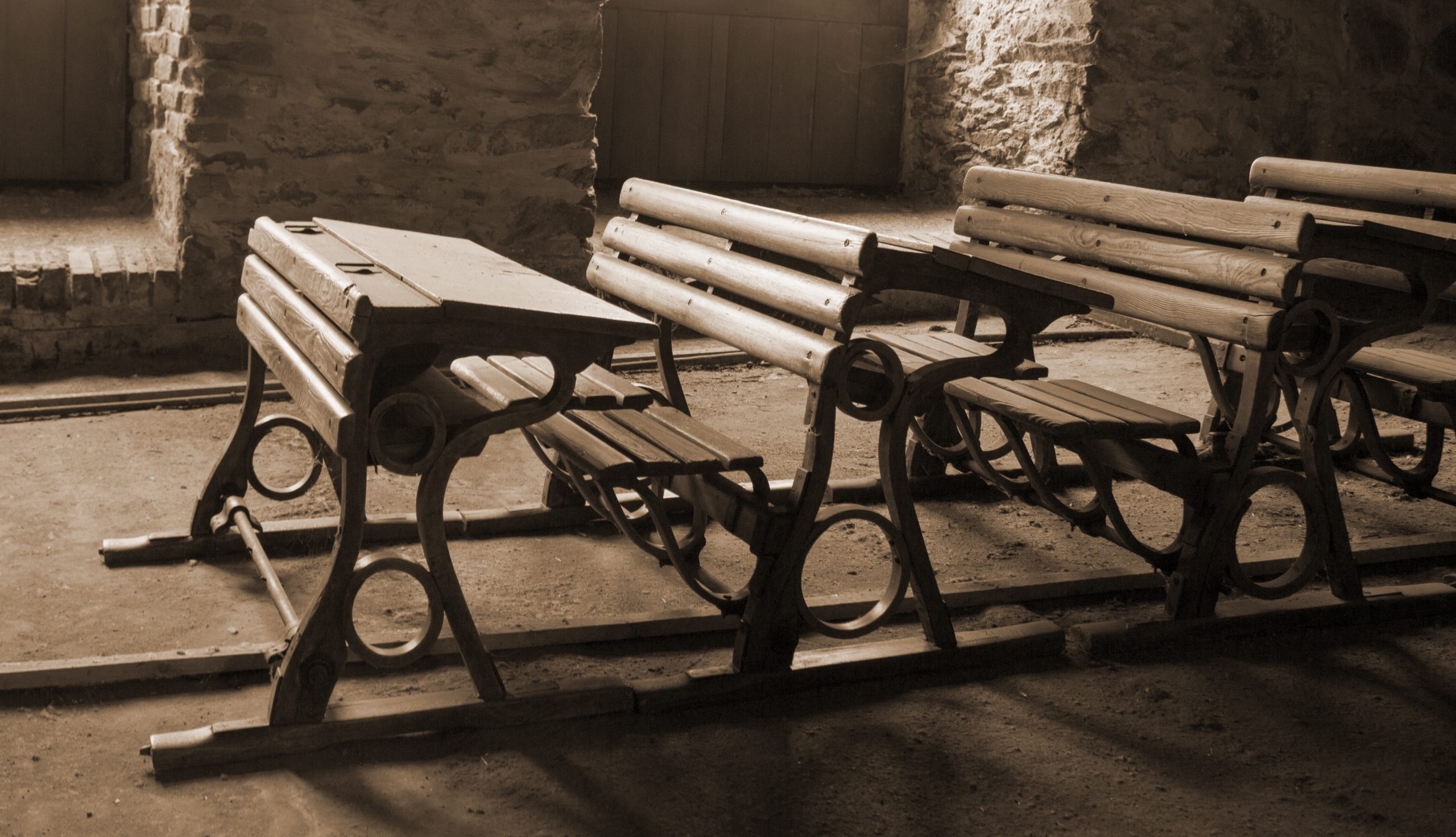‘If we can only preserve ourselves from growing up, we shall never grow old and the young may love us to the last,’ declared Dickens. This call to protect the magic and wonder of childhood concluded his New Year’s Day essay, published in his magazine Household Words, almost exactly a year before he began work on his 1854 novel Hard Times. For Dickens, children’s welfare and the protection of childhood was a profound and ongoing concern. How could children be shielded from the worst effects of crushing poverty, dangerous factory work or – just as significantly – from an oppressive Victorian education system?
In his most polemical novel, Hard Times, Dickens takes aim at many targets: he rails against the soul-crushing monotony of the factory system and urban industrialisation, the chasm in understanding and sympathy which had opened up between ‘men and masters’ – namely the factory workers and the factory owners – and against a philosophy of ‘utilitarianism’ which had begun to dominate Victorian political thought. Interestingly, in Hard Times Dickens uses a cast of young characters, along with the settings of school room and family home, to reinforce the potential dangers of creating a society where ‘Facts alone are wanted in life.’
Here are some suggestions for activities for your A-level students which draw out this important theme in the novel – they can provide a starting point for student discussion and further analysis or exploration.
-
Genre
Hard Times is frequently considered a novel which mixes different literary genres. As a pre-reading exercise, ask students to think about the six literary genres in the first column below. What would they expect to find in terms of setting, character and plot in each of these genres? Collect ideas from the class in a blank table. You can use some of the table contents as prompts – particularly with the less familiar genres (*).
| Genre | Setting | Character | Plot |
| Fairytale | Not specific/realistic and set some time in the past | Hero or heroine (often a child character) overcomes obstacles or challenges | Adventures and challenges are followed by a ‘happy ever after’ – magic, disguise, charms and evil spells often feature. |
| Dystopia | An imaginary society or regime in the future | Main character – often someone oppressed or controlled by powerful forces | Rebellion and escape – used to predict the dangers that may await us if we don’t change something about the way we live now |
| Romance | Any | A couple – usually a young male and female | The triumph of love – and overcoming barriers to love |
| Moral Fable | Often rural | Symbolic characters (often animal characters) who face problems and challenges | The challenges are used to illustrate a clear moral message e.g. do not lie, steal etc. |
| Social Problem* novel | urban | Symbolic characters whose circumstances illustrate specific social problems | Characters face specific problems/hardships and their suffering forces change in those with power |
| Industrial novel* | industrial city or urban area | workers and factory owners | Industrial conflict |
After students have read the novel, they can consider which of these best fits Hard Times. Is it possible to select a single dominant genre? If not, what is the effect on the reader?
-
Head-to-head characters
Hard Times is a novel of opposites and contrasts. The novel’s characters can then be usefully paired to draw out these differences in a two-way hot-seating exercise. For example, ask two students to role-play one of each of the following character pairs:
- Louisa Gradgrind v Cecilia (Sissy) Jupe
- Tom Gradgrind v Stephen Blackpool
- Bounderby v James Harthouse
- Mr M ‘Choakumchild v Mr Sleary
In a head-to-head they need to share their thoughts – in character – on the following:
- My greatest fear
- My biggest secret
- What (or who) I love most
- My favourite place
- My single greatest regret
- What I dream about
- What I hope for the future
-
Education – close language analysis – the Victorian school room
Dickens was appalled by an increasingly mechanical, factual and dry Victorian education system which left no room for individual creativity. This is most famously illustrated in Chapter 2 ‘Murdering the Innocents’ which describes a lesson to ‘define a horse’ in the Coketown model school. Ask students to read the passage from ‘Now, let me ask you girls and boys, would you paper a room with a representation of horses?’ to ‘The girl curtseyed and sat down.’ Discuss how Dickens uses this incident to illustrate the absurdity of the Gradgrind model of education. How do the children respond to the questions? How do the adults talk to the children?
You can use the following prompts to help with language analysis and ask students to identify (and count) examples:
- Repetition (e.g. of the noun ‘fact’, modal verb ‘must’ and verb ‘fancy)
- Use of respectful form of address
- Contrast (between natural imagery and scientific/factual language)
- Listing and parallelism (in the monologue by Thomas Gradgrind)
-
Discussion points
After students have studied the novel ask them to decide which of the following, in their opinion, best sums up Hard Times. They must be able to support their choice with evidence from the text. As an extension they could also rank these statements in order of best to least appropriate.
Hard Times is ultimately a novel about:
- bad parenting?
- marriage and (the lack of) divorce?
- the corruption of childhood?
- women’s limited lives and opportunities?
- social class and social division?
- the dangers of the factory system and industrialisation?
- the growing power of trade unions?
- the battle between ‘the head’ and ‘the heart’?
- the importance of imagination and creativity?
- the triumph of love over duty?
Finally discuss: who, in your opinion, is the most significant character in Hard Times? Support your answer with examples and analysis from the text.
 By Maria Cairney, writer and sixth form English teacher. Maria has written introductions to Collins Classroom Classics editions of Dracula, Hard Times, The War of the Worlds, King Lear, Much Ado About Nothing, Great Expectations and Wuthering Heights.
By Maria Cairney, writer and sixth form English teacher. Maria has written introductions to Collins Classroom Classics editions of Dracula, Hard Times, The War of the Worlds, King Lear, Much Ado About Nothing, Great Expectations and Wuthering Heights.
Collins Classroom Classics are KS3, GCSE and A-level set texts and plays that are perfectly pitched for students.
View the full range, including Charles Dickens’ Hard Times for A-level students.
Read our teaching tips for other Collins Classroom Classics set texts:



